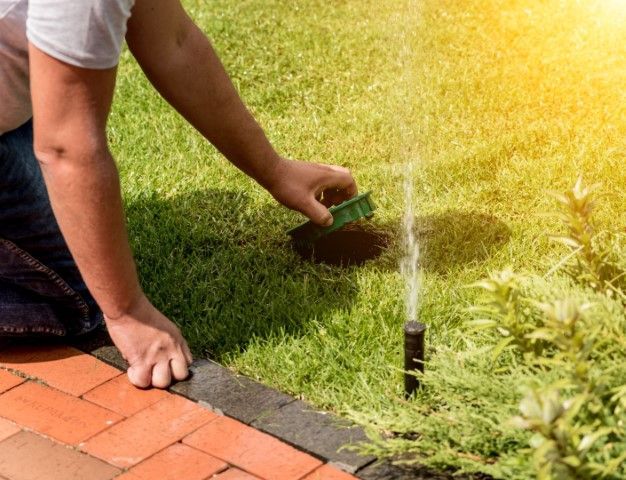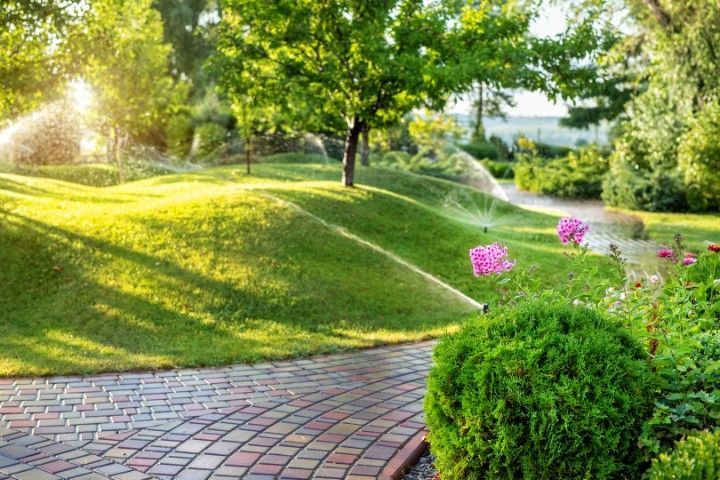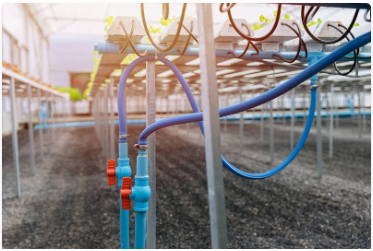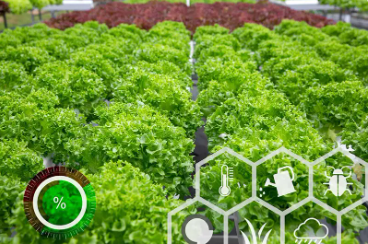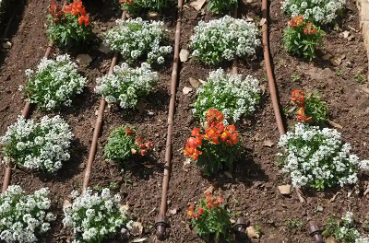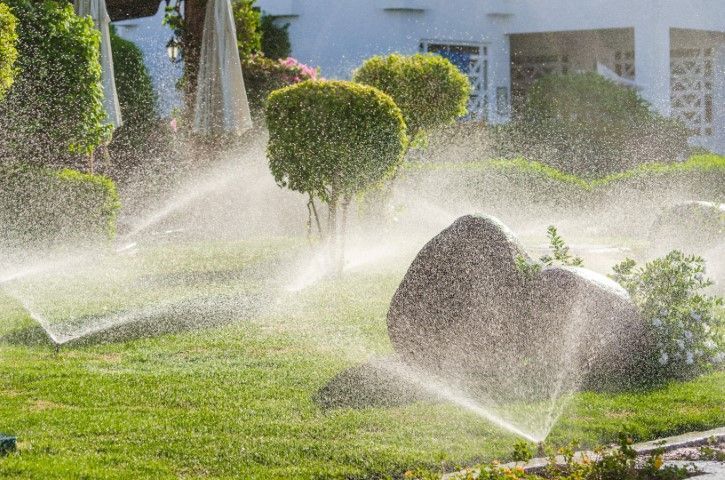Retrofitting Old Irrigation Systems With Modern Technology - SPRINKLER SYSTEMS OF SANANTONIO
Retrofitting Old Irrigation Systems With Modern Technology
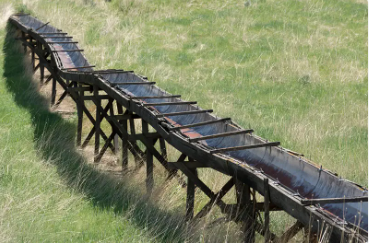
Retrofitting old irrigation systems with modern technology ensures substantial cost savings and enhanced efficiency through precise water delivery. A comprehensive evaluation identifies existing inefficiencies, followed by the integration of advanced sensors and automated controls to optimize water usage. Soil moisture and weather sensors adapt irrigation schedules to climatic conditions, while flow meters and pressure sensors maintain system reliability. Automated controls enable precise water regulation and remote monitoring, while water management software improves decision-making and sustainability. Such upgrades promote uniform water distribution, healthier crop growth, and increased agricultural productivity. Explore further to understand the detailed implementation and its sustainable benefits.
Benefits of Modern Technology
The integration of modern technology into old irrigation systems brings a multitude of advantages that elevate efficiency and sustainability. One of the primary benefits is the significant cost savings achieved through enhanced efficiency improvement. Advanced sensors and automated controllers enable precise water delivery, reducing water waste and lowering utility expenses. This precision irrigation ensures that crops receive the optimal amount of water needed, which directly translates to improved crop yield.
Moreover, the environmental impact of retrofitting old systems with modern technology is substantial. By minimizing water waste, these technologies conserve valuable water resources and reduce the energy consumption associated with water pumping and distribution. This conservation effort contributes positively to environmental sustainability, reducing the carbon footprint of agricultural operations.
Scientific analysis further supports that the adoption of modern irrigation technologies can lead to a more uniform water distribution, thus promoting healthier crop growth and reducing the incidence of diseases related to over-irrigation or waterlogging. Overall, the benefits of integrating modern technology into outdated irrigation systems are manifold, encompassing cost savings, efficiency improvement, a reduced environmental impact, and enhanced crop yield, thus presenting a compelling case for modernization.
Assessing Your Current System
Assessing your current irrigation system is a critical first step toward modernization and improved efficiency. This process begins with a comprehensive system evaluation to identify existing components, their operational status, and overall performance. Inspect all piping, sprinklers, valves, and controllers, documenting their condition and pinpointing any leaks or malfunctions. By conducting this detailed audit, you can establish a baseline for subsequent enhancements.
Efficiency analysis is pivotal during this phase. Measure water usage patterns and compare them against climatic data and crop requirements. Utilize flow meters and pressure gauges to quantify the system’s performance. Identifying inefficiencies, such as uneven water distribution or excessive runoff, enables targeted interventions that conserve water and reduce operational costs.
Additionally, evaluate the system’s compatibility with modern technologies. Determine whether existing infrastructure can support advanced controllers, moisture sensors, or weather-based adjustments. This foresight ensures that retrofitting efforts are both feasible and cost-effective.
Smart Sensors Integration
Having thoroughly assessed your current irrigation system, integrating smart sensors becomes a logical next step to enhance efficiency and precision. Smart sensors provide real-time data that can significantly improve water distribution and usage. Here are some critical sensor types and their roles:
1. **Soil Moisture Sensors**: These sensors measure the volumetric water content in the soil. By providing data on soil moisture levels, they ensure irrigation systems only activate when necessary, optimizing water usage and preventing over-irrigation.
2. **Weather Sensors**: These sensors collect data on temperature, humidity, and rainfall. Integrating weather sensors ensures the system can adapt to changing weather conditions, further refining water application schedules.
3. **Flow Meters**: Flow meters monitor the volume of water passing through irrigation pipes. They help detect leaks and ensure the system operates within the desired parameters, enhancing overall data accuracy and system reliability.
4. **Pressure Sensors**: These sensors measure water pressure within the system. Maintaining optimal pressure is crucial for uniform water distribution and identifying potential issues like blockages or pump malfunctions.
Automated Controls Implementation
Implementing automated controls in an irrigation system transforms the efficiency and effectiveness of water management. By incorporating advanced technology, automated controls enable precise regulation of water delivery, ensuring optimal hydration levels for various crops. The integration of remote monitoring systems allows stakeholders to oversee the irrigation processes from any location, providing real-time data and immediate adjustments to water flow based on environmental conditions.
System compatibility is a critical aspect when retrofitting older irrigation infrastructures. The seamless integration of automated controls with existing hardware ensures minimal disruption and maximizes the utility of already installed components. This compatibility includes synchronization with smart sensors that gather and relay essential data such as soil moisture and weather forecasts to the control system.
From a practical standpoint, the implementation of automated controls involves installing programmable logic controllers (PLCs) and variable frequency drives (VFDs) to manage pump operations and valve timings. These components work in tandem to optimize water usage, reduce waste, and enhance crop yields. Scientific analysis supports that automated systems can lead to significant water savings and improved agricultural productivity, making them indispensable in modernizing outdated irrigation systems.
Water Management Software
Building upon the advancements in automated controls, water management software offers a sophisticated layer of oversight and decision-making capabilities. By leveraging data analytics, these systems enable precise irrigation optimization, ensuring that water resources are used efficiently. The software integrates with existing hardware to collect and analyze vast amounts of data, thereby enhancing the effectiveness of irrigation schedules.
Key benefits include:
1. **Data-Driven Decisions**: Water management software uses real-time data analytics to monitor soil moisture, weather forecasts, and crop requirements, allowing for precise irrigation adjustments.
2. **Cost Efficiency**: By optimizing water usage, the software reduces waste and operational costs, making it an economically viable solution for large-scale agricultural operations.
3. **Environmental Sustainability**: Efficient water management reduces over-irrigation, thereby minimizing water runoff and soil erosion, contributing to sustainable agricultural practices.
4. **User-Friendly Interfaces**: Modern software provides intuitive dashboards and alerts, enabling farm managers to make informed decisions with minimal training.
- Avoid These 5 Common Irrigation Blunders Every Homeowner Makes
- Your Go-To Guide for Picking the Perfect Sprinkler System for a Lush Lawn: Handy Tips and Tricks
- Impact of Climate on Irrigation System Design and Operation
- The Role of Soil Moisture Sensors in Irrigation Efficiency
- Cost-Effective Irrigation Solutions for Small Gardens
